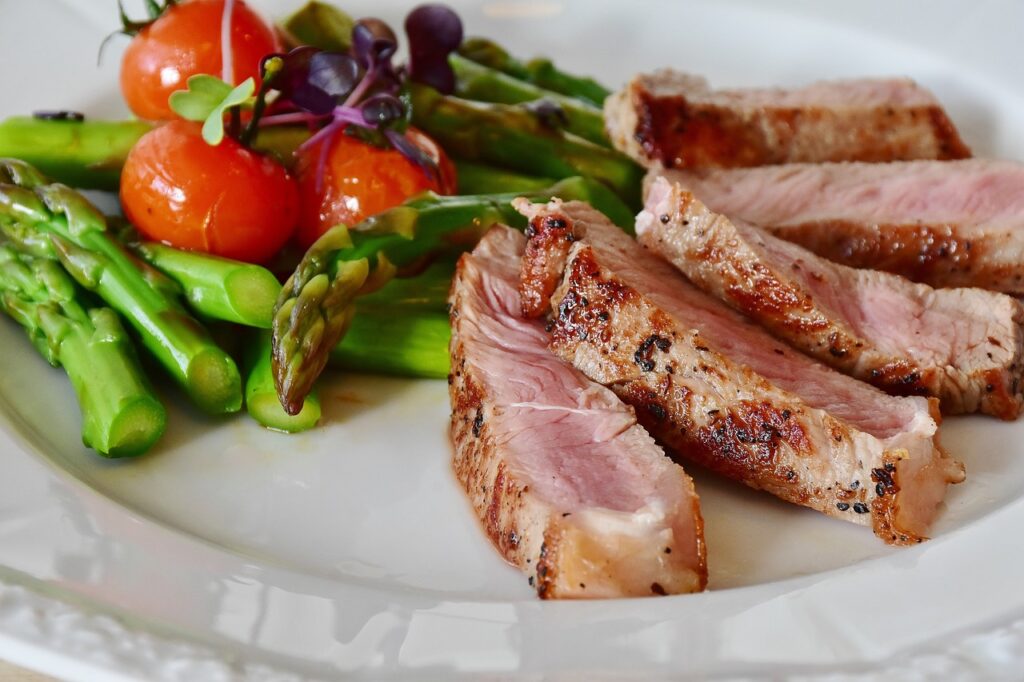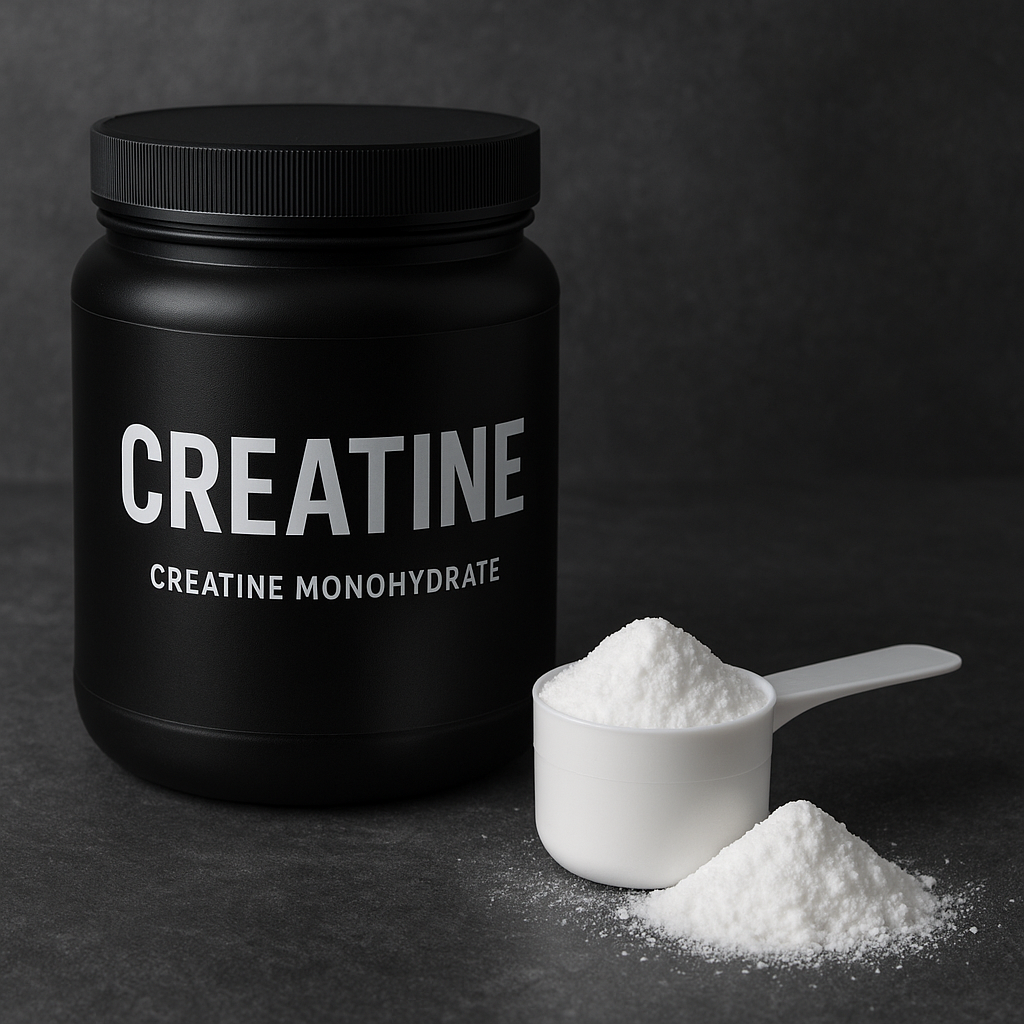Getting lean and maintaining a healthy physique can feel daunting. Studies show that most people regain approximately 80% of their lost weight within five years (Anderson et al., 2001). However, the key to successful and sustainable fat loss is straightforward: consume fewer calories than your body burns.
Understanding Your Metabolism
Your metabolism is the total amount of energy your body burns daily, encompassing several factors:
- Basal Metabolic Rate (BMR): Calories burned while at rest.
- Non-Exercise Activity Thermogenesis (NEAT): Calories burned through daily movements and tasks.
- Thermic Effect of Feeding (TEF): Energy required for digestion.
- Exercise Activity Thermogenesis (EAT): Calories burned through deliberate exercise.
Interestingly, metabolism varies greatly among individuals—even those of similar weights. Building muscle provides only moderate metabolic benefits; each kilogram of muscle burns approximately 13 calories daily compared to fat’s 4.5 calories (Hall et al., 2012).
Maximizing Metabolism Through Physical Activity
Weightlifting contributes modestly (200-500 calories per session), while cardio effectively increases calorie expenditure with minimal fatigue. Sustainable options like walking, cycling, or rowing are beneficial. However, enhancing your daily NEAT activities dramatically boosts calorie burn without much fatigue. Aim for 6,000 to 12,000 steps daily to balance benefits without diminishing returns.
Setting Your Calorie Deficit
Crash dieting often leads to adverse effects like muscle loss and hormonal disruptions (Relative Energy Deficiency or RED-S). Follow the “30 calorie rule”: consume no fewer than 30 calories per kilogram of fat-free mass daily (Mountjoy et al., 2014). Aim for steady fat loss—approximately 0.5% of your body weight weekly—through a moderate calorie deficit (~500 calories daily). Regularly adjust caloric intake by increments of 100-200 calories based on weekly weigh-ins.
Prioritizing Macronutrients
- Protein: Crucial for muscle retention and satiety, protein boosts your metabolism through its higher thermic effect (Paddon-Jones et al., 2008). Aim for 1.6–2.4 g/kg/day (Morton et al., 2018).
- Carbohydrates: Essential for performance, consume 2-4 grams per kilogram of body weight daily, emphasizing fiber-rich fruits and vegetables (minimum 400 grams daily).
- Fats: Vital for hormonal health, aim for at least 40 grams daily for smaller individuals and around 60 grams for larger ones.
Optimal Meal Frequency
Research shows no significant benefits to intermittent fasting regarding weight loss or hunger management (Tinsley & La Bounty, 2015). A balanced approach of four evenly distributed, protein-rich meals per day supports muscle retention and reduces hunger.
Retaining Muscle While Cutting
Maintaining muscle requires targeted resistance training:
- Frequency: 3 full-body workouts weekly for maintenance; 5-6 days (upper/lower or push/pull/legs splits) for muscle growth.
- Volume: 5-10 weekly sets per muscle group for maintenance; 10-20 sets for growth.
- Intensity: Train close to failure, typically within 1 rep shy.
- Exercise Selection: Include at least two exercises per muscle group, prioritizing compound movements first.
- Repetition Range and Tempo: Perform 5-12 reps per set, controlling the eccentric phase, briefly pausing, then exploding upwards.
- Rest: Rest periods between 1-2 minutes depending on exercise complexity.
Maintaining Your New Physique
Maintaining fat loss involves continuing behaviors adopted during dieting. Rather than “reverse dieting,” research supports returning directly to maintenance calories with a gradual “downscaling” approach (Trexler et al., 2014). Maintain regular monitoring, moderate activity, and consistent habits to avoid regaining lost weight.
Conclusion
Long-term leanness depends on consistent behavior, moderate adjustments, and sustainable practices. Focus on evidence-based strategies, regular monitoring, and balanced nutrition to achieve and maintain your desired physique effectively.
References:
- Anderson, J.W., Konz, E.C., Frederich, R.C., & Wood, C.L. (2001). Long-term weight-loss maintenance: a meta-analysis of US studies. The American Journal of Clinical Nutrition, 74(5), 579-584.
- Hall, K.D., Heymsfield, S.B., Kemnitz, J.W., Klein, S., Schoeller, D.A., & Speakman, J.R. (2012). Energy balance and its components: implications for body weight regulation. The American Journal of Clinical Nutrition, 95(4), 989-994.
- Mountjoy, M., Sundgot-Borgen, J., Burke, L., et al. (2014). The IOC consensus statement: beyond the female athlete triad—Relative Energy Deficiency in Sport (RED-S). British Journal of Sports Medicine, 48(7), 491-497.
- Morton, R.W., Murphy, K.T., McKellar, S.R., et al. (2018). A systematic review, meta-analysis and meta-regression of the effect of protein supplementation on resistance training-induced gains in muscle mass and strength. British Journal of Sports Medicine, 52(6), 376-384.
- Paddon-Jones, D., Westman, E., Mattes, R.D., Wolfe, R.R., Astrup, A., & Westerterp-Plantenga, M. (2008). Protein, weight management, and satiety. The American Journal of Clinical Nutrition, 87(5), 1558S-1561S.
- Tinsley, G.M., & La Bounty, P.M. (2015). Effects of intermittent fasting on body composition and clinical health markers in humans. Nutrition Reviews, 73(10), 661-674.
- Trexler, E.T., Smith-Ryan, A.E., & Norton, L.E. (2014). Metabolic adaptation to weight loss: implications for the athlete. Journal of the International Society of Sports Nutrition, 11(1), 7.


